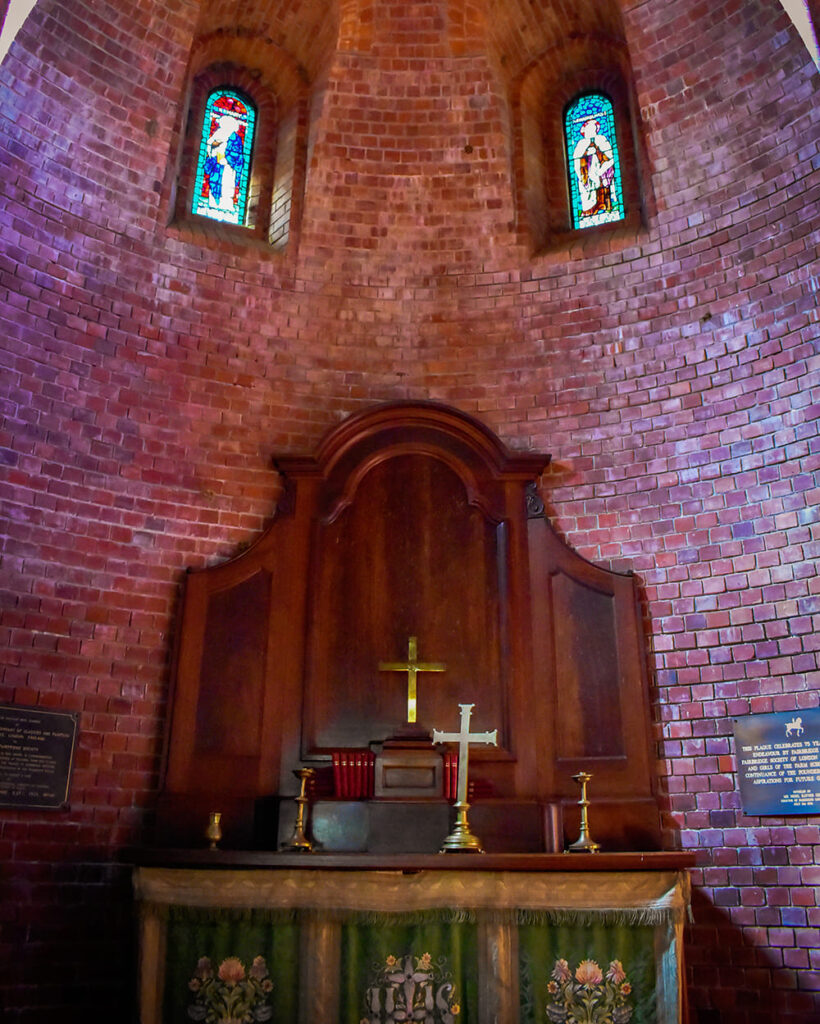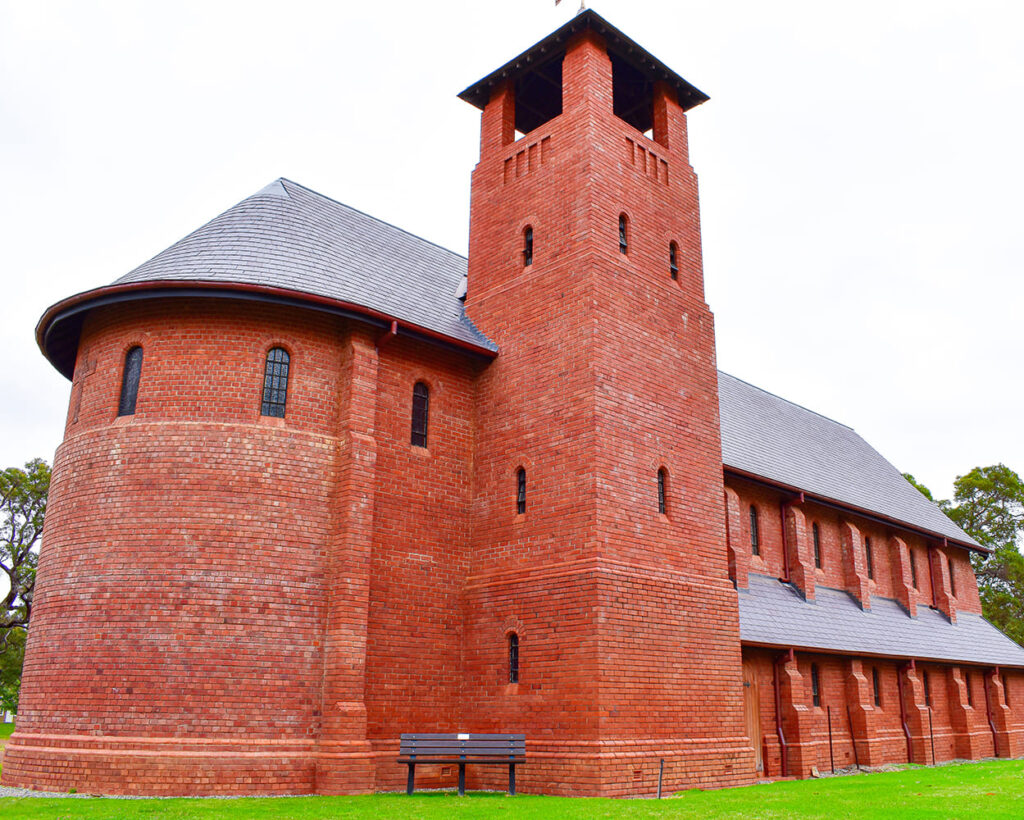
Historical sites are not just reminders of the past; they are the foundations upon which our understanding of culture, society, and heritage is built. Honouring these sites ensures that future generations can connect with and learn from the experiences of those who came before us.
In Australia, where history is rich and diverse, preserving and celebrating historical sites is both a responsibility and an opportunity to learn, reflect, and engage. Here are some of the best ways to honour historical sites while ensuring their preservation and respect for their significance.
1. Preservation and Conservation
The first step in honouring any historical site is ensuring its preservation for future generations. Over time, natural elements, human activities, and the passage of time can cause significant wear and tear on historical landmarks. In Australia, where the climate varies from region to region, conservation efforts must be tailored to each site’s specific needs. This might involve regular maintenance, careful restoration, and environmental protections to prevent further deterioration.

2. Engagement Through Education
Education is one of the most effective ways to honour historical sites. Schools, universities, and community groups can benefit from learning about the history of the places in their vicinity. For example, holding regular educational tours, lectures, and workshops at historical sites not only informs the public but also fosters respect for the significance of these places.
Engaging with Indigenous cultures, in particular, is crucial when honouring historical sites in Australia. Many landmarks, especially natural landmarks, hold deep spiritual and cultural meaning for the First Nations peoples. Schools and educational groups should collaborate with Aboriginal and Torres Strait Islander communities to offer an authentic and respectful understanding of the history behind these sites.
3. Cultural Celebrations and Commemorations
Celebrating the historical and cultural significance of a site is another important way to honour it. Special events, festivals, and commemorative days dedicated to a particular landmark or historical event can bring communities together and foster a deeper appreciation for their shared history. These events can range from art exhibitions, music performances, and theatre productions to large-scale commemorations of important national milestones.
4. Respectful Integration of Modern Life
Honouring historical sites also involves integrating them into modern life while respecting their legacy. This means avoiding commercialisation that might undermine their significance but ensuring that they remain accessible and relevant. Thoughtful integration might involve creating visitor centres, installing informative plaques, or establishing walking tracks that allow for an immersive experience without damaging the site.
5. Supporting Indigenous Communities
Many historical sites, especially in Australia, are deeply significant to Indigenous communities. The cultural landscapes of Aboriginal and Torres Strait Islander peoples are not just physical spaces; they represent living cultures and spiritual connections that have been passed down through generations. To truly honour these sites, it is essential to work directly with Indigenous groups, ensuring their perspectives and traditions are incorporated into the management and interpretation of these places.
6. Maintaining a Connection to the Past Through Storytelling
Storytelling is an age-old tradition that helps pass down knowledge and history from one generation to the next. By encouraging the oral retelling of stories connected to a particular historical site, we keep the cultural fabric alive and accessible. Elders, historians, and community members can share the stories associated with a place, whether they are personal recollections or broader accounts of its historical importance.
7. Responsible Tourism
Tourism plays a major role in the sustainability of historical sites. Visitors often provide much-needed funding for the upkeep of a site, but uncontrolled tourism can also lead to significant damage. It is essential to promote responsible tourism, where visitors are educated about the importance of preserving the site and encouraged to respect the land and its history.

8. Documenting and Archiving History
One of the best ways to ensure the preservation of a historical site is through documentation. Historical records, photographs, and films can provide a valuable record of a site’s significance. Archiving these materials for future generations allows researchers and historians to continue learning from the site even if it experiences physical changes or deterioration.
Conclusion
Honouring historical sites is a multifaceted endeavour that involves preservation, education, respectful integration, and cultural engagement. Whether it’s through conservation efforts, commemorative events, or simply respecting the significance of a place, it is essential to ensure that historical sites continue to inspire and educate future generations.










